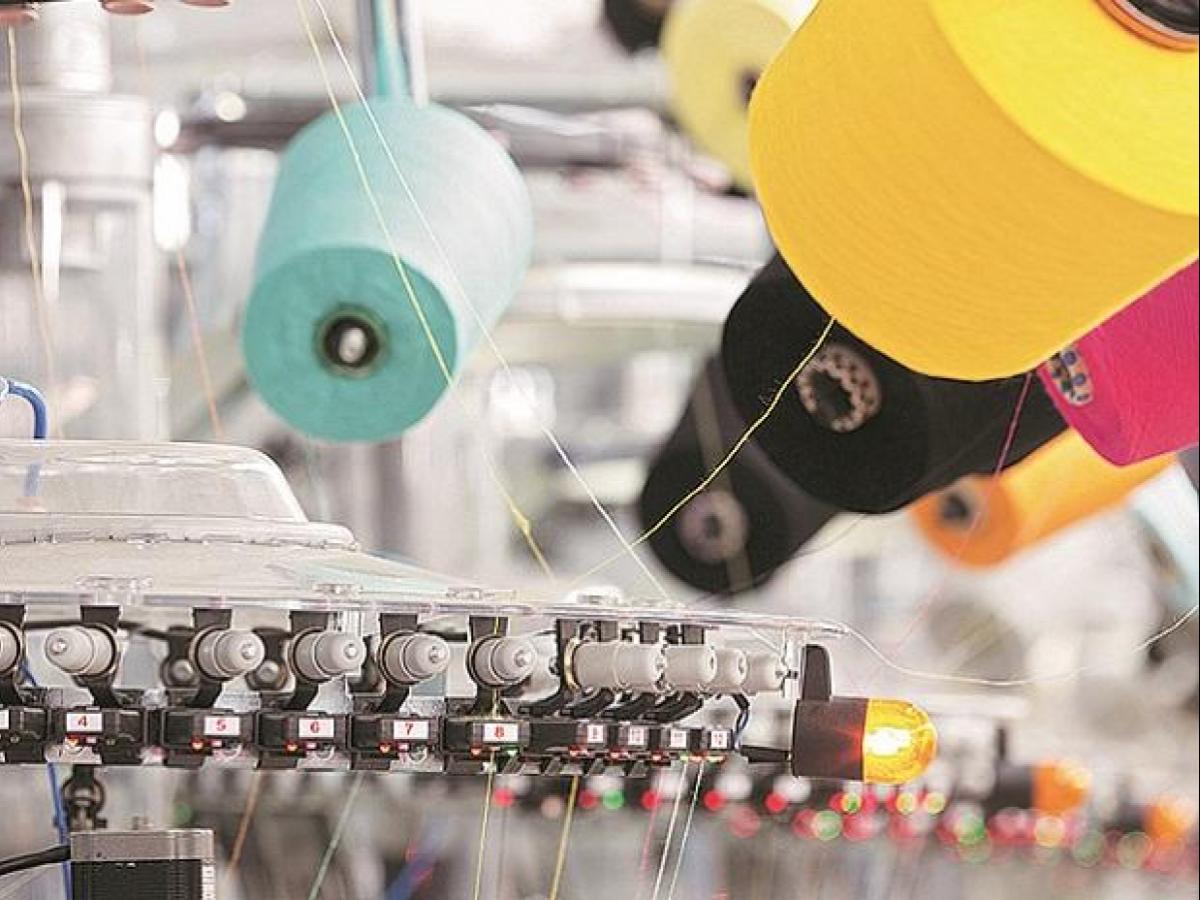Textile and garment exports increase in seven months
VGP – Export revenue of Viet Nam’s garment and textile industry was estimated at US$18.34 billion in the first seven months of 2019, a year-on-year increase of 10.5%, according to a report from the Ministry of Industry and Trade (MoIT).
 |
The export revenue hike was due to opportunities and market expansion as the result of the signing of free trade agreements such as the CPTPP, with a tax exemption roadmap to 0% and other incentives.
In the January-July period, the production of fabric from natural fibers went up by 8.4% while fabric from synthetic fibers rose by 11.5%. The production of casual clothes also increased by 8.8% compared to the same period last year.
Chairman of the Viet Nam Textile and Apparel Association (VITAS) Vu Duc Giang said the association set the industry’s export turnover for this year at US$40 billion, a year-on-year increase of 10.8%.
According to Giang, the U.S. will remain the biggest importer, accounting for 42% of Viet Nam’s total exports, followed by the EU (21.5%), Japan (19.5%), and the Republic of Korea (14%). Meanwhile, the Middle East will be a new market of Vietnamese garment and textiles.
The export revenue of footwear of all types also surged by 13.8% year-on-year to reach US$10.4 billion in the first seven months of 2019.
The MoIT said that despite increasingly export revenue, Viet Nam’s apparel and footwear sectors maintain dependence on foreign direct investment (FDI) enterprises and mainly do outwork with a large proportion of materials being imported.
In addition, the ministry suggested that enterprises in these areas should establish production chains and meet the rules of origin of FTAs to take advantage of incentives and compete with other rivals.
By Vien Nhu
